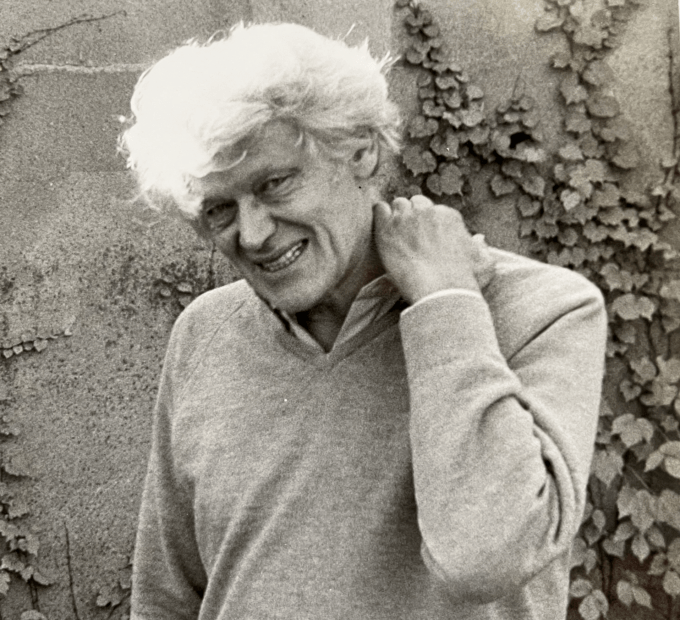Displaced Lebanese lament bombed homes, lost livelihoods
Tyre (Lebanon) (AFP) – When Ines Tehini and her family fled their south Lebanon village after Hezbollah and Israel began exchanging fire in October, she thought they would be home in a matter of days.
Issued on: 03/02/2024 -

Lebanese who fled the south have taken shelter at a school in Tyre
© ANWAR AMRO / AFP
But nearly four months later in a school turned shelter, her hopes for a swift return to normality have faded after Israeli strikes badly damaged the family home in Aita al-Shaab on the border, said the mother of three.
"My brother's apartment on the floor above me was completely burnt down, and the floor where I live also sustained damage," she told AFP from a classroom in the south Lebanon city of Tyre.
"If I could, I would rent an apartment in Tyre, but I can't afford it," said Tehini, 37, as her toddler played on mattresses strewn on the floor.
"I don't know what will become of us," she added.
Since the outbreak of war between Hamas and Israel on October 7, the Lebanese-Israeli border has witnessed near-daily exchanges of fire, mainly between the Israeli army and Hezbollah, a Hamas ally.
At least 218 people have been killed in Lebanon, mostly Hezbollah fighters but also at least 26 civilians, according to an AFP tally.

Smoke billows after Israeli bombardment around the southern Lebanese village of Aita al-Shaab
© Jalaa MAREY / AFP/File
In northern Israel, nine soldiers and six civilians have been killed, Israeli officials have said.
The violence has displaced more than 86,000 Lebanese, according to the International Organization for Migration (IOM).
People in south Lebanon told AFP their homes and livelihoods had been destroyed in the fighting, which has heaped misery on a population already battered by a four-year economic crisis.
'Rebuild from scratch'
Tehini's husband, a soldier, earns $150 per month -- barely enough to support the family even before they fled.
Fighting back tears, she said her family home had been destroyed in 2006, when Israel and Hezbollah fought a full-blown war.
Recent Israeli strikes also damaged many of her neighbours' property and livestock, Tehini said.
"All those people will have to rebuild their lives from scratch," she added.
Many were forced to flee after their homes and other property were damaged
© ANWAR AMRO / AFP
Several frontline villages in Lebanon have sustained heavy damage, with the state news agency reporting Israeli strikes on houses.
Following the strikes, Hezbollah has sometimes announced the death of its fighters.
In a classroom further down the hall, Hafez Mustafa from the border village of Beit Lif said his 10 children had to drop out of school or university after he lost all his livestock and access to his crops.
"My daughters had to stop their university studies because we were $400 short" on tuition fees, said the 47-year-old, deep lines etched on his forehead.
The Israeli army bombed a farm he co-owned with a friend, killing or scattering some of his cows, he said.
He had to sell his remaining livestock because he had no money to feed them, and it was too dangerous to return to work in his olive groves.
"All my livelihood is gone," he said.
"We're tired. This war has dragged on for too long. We can't take it anymore."
Awaiting a truce
The Tyre district hosts more than 27,000 people displaced by the conflict, more than 700 of them living in makeshift shelters, according to the IOM.
The Lebanese state has been cash-strapped for years, leaving host communities now to rely largely on humanitarian organisations for aid.
"We are unable to provide basic necessities," said Mortada Mhanna, who heads Tyre's disaster management unit, standing in a workroom abuzz with volunteers and civil servants.
Families "have lost their properties and their jobs -- they can't fend for themselves", he said, expressing regret his team had been unable even to secure regular food aid.

A volunteer carries a box of donations to be distributed to the displaced
© ANWAR AMRO / AFP
In Srifa, less than 15 kilometres (nine miles) from the border with Israel, farmer Abbas Fakih is staying in a house rent-free thanks to the generosity of residents.
The 40-year-old fled the violence in his village of Rab Tlatin further east with his extended family.
Although he managed to move his cattle to safer land, he said the war had put his livelihood on hold.
"I had 250 goats. I've had to sell 50 or 60... just to put food on the table and feed the remaining cattle," he said, surrounded by his four children and their cousins.
Most of his youngest goats died in their poorly heated new barnyard, he said, and the family was unable to plant lentils and wheat, meaning no income during the next harvest.
"All we do is wait impatiently for the news, hoping we will hear about a truce," he said.
© 2024 AFP





 Container schools offer children a sense of normality in Turkey's earthquake zone © YASIN AKGUL / AFP
Container schools offer children a sense of normality in Turkey's earthquake zone © YASIN AKGUL / AFP













 The blazes are concentrated in Chile's Vina del Mar and Valparaiso tourist regions, where they have ravaged thousands of hectares of forest. © Javier Torres, AFP
The blazes are concentrated in Chile's Vina del Mar and Valparaiso tourist regions, where they have ravaged thousands of hectares of forest. © Javier Torres, AFP

